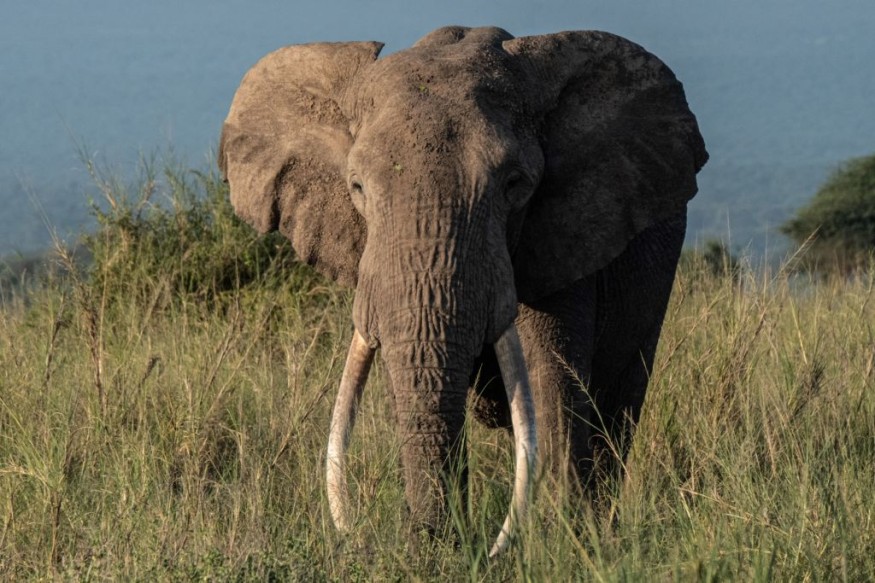Spain announced it seized more than 1,000 taxidermied animals, including hundreds of endangered or extinct species, including hundreds of endangered or extinct species in one of its biggest hauls.
As specified in a Phys.org report, the Civil Guard said the private collection, approximately worth almost $32 million, was found in a shed in Betera, close to Valencia in eastern Spain.
Spain seized over 1,000 taxidermied animals, including hundreds of endangered or extinct species, in one of the largest hauls of its kind. The private collection, worth 29 million euros ($32 million), was discovered in a shed in Bétera, near Valènciahttps://t.co/9NKRqZZ1n8
— Alfons López Tena 🦇 (@alfonslopeztena) April 10, 2022
Among the almost 1,090 animals apprehended, more than 400 are classified as protected and endangered extinct, including the scimitar-horned oryx once discovered in portions of Africa.
A stuffed Bengal tiger, considered close to extinction, was also found, along with lynxes, polar bears, cheetahs, white rhinos, and almost 200 elephant tusks.
According to Civil Guard, it was the largest haul of nationally-protected taxidermied animals and one of Europe's largest. The collection's owner is under investigation for smuggling and several environmental crimes.

Endangered Animals
An Animal Welfare Institute report said that the Earth is presently experiencing its sixth major animal extinction. Currently, the Earth is experiencing its sixth major animal extinction event. Out of four of the world's mammals, one and more than 40 percent of amphibians are threatened with extinction because of human activity, including habitat destruction, climate change, pollution, and overpopulation.
The US Endangered Species Act or ESA was enacted in the early 1970s, signed into law by President Nixon after it passed the Senate by a vote of 92-0 and the House of Representatives by a 390-12 vote.
The purpose of the ESA is to protect and recover endangered species and the ecosystems upon which they rely. Since the ESA's enactment, it has proven to be an effective safety net for endangered species; extinction has been prevented for over 98 percent of the animals under its care.
More than 2,000 animal and plant species could experience extinction without the ESA. Many, like the grizzly bear, bald age, and steller sea lion, are on the road to recovery due to the protections provided by the law.
Tiger Population
According to National Geographic, there were eight tiger subspecies at one time, although three turned extinct during the 20th century. Over the last century, hunting and forest destruction have cut tiger populations from hundreds of thousands of animals to perhaps lesser than 2,500.
Tigers are hunted as trophies and body parts as well that are used in traditional Chinese medicine. All of these five remaining tiger subspecies are at risk, and many protection programs are in place.
Bengal tigers, in particular, live in India and are at times called India tigers. They are the most typical tiger and number roughly half of all wild tigers. Over many hundreds of years, they turned into an essential part of Indian tradition and lore.
Tigers are living alone aggressively, scent-mark large territories for protection against rivals. These species are powerful nocturnal hunters traveling many miles to find deer, buffalo, wild pigs, and other gigantic mammals. Lastly, tigers use their distinctive coats as camouflage, which means no two have the same stripes.
A report about the endangered animals is shown on NewzTech20's YouTube video below:
RELATED ARTICLE : Endangered Seals Recieve Government Protection and Funding Until 2025
Check out more news and information on Endangered Species in Science Times.












